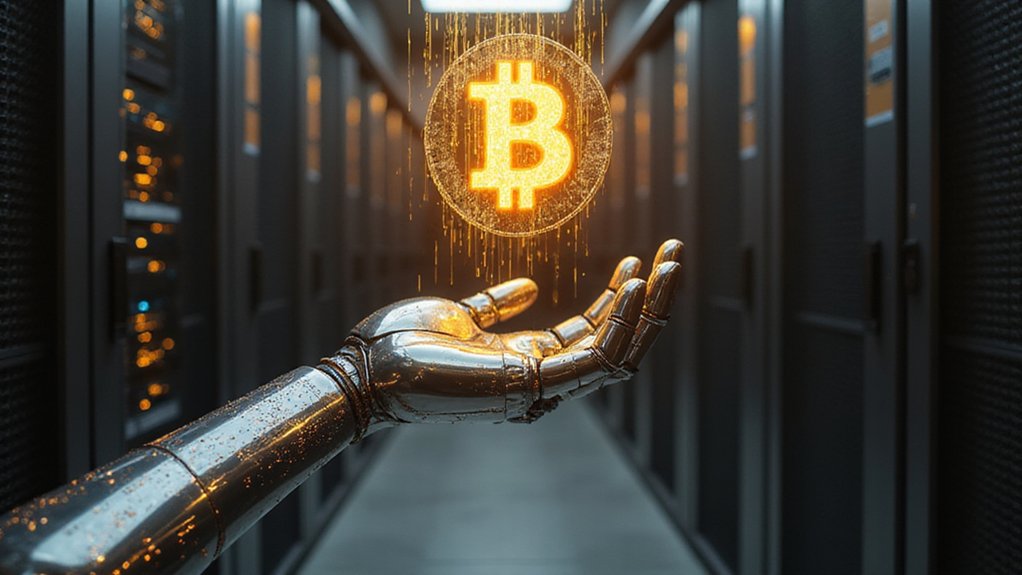While most artificial intelligence releases arrive with predictable fanfare and incremental improvements, OpenAI’s GPT-5—launched August 7, 2025—represents a fundamental architectural shift that could reshape how enterprises approach computational efficiency and, more importantly, their operational cost structures.
The model’s unified architecture consolidates previously disparate systems (GPT-3, GPT-4, and specialized o-series models) into a single deployment, eliminating the costly overhead of maintaining multiple AI subscriptions—a move that CFOs will appreciate given the 50-80% token efficiency gains in scientific problem-solving applications.
When enterprises can process 272,000 input tokens while generating 128,000 output tokens through a dynamic router system that automatically selects ideal processing pathways, the operational mathematics become compelling.
Perhaps more intriguing than the technical specifications is GPT-5’s performance on specialized benchmarks: achieving 96.7% accuracy on τ2-bench telecom tool-calling suggests this isn’t merely another incremental language model upgrade.
The τ2-bench results reveal architectural sophistication that transcends incremental improvements—this represents fundamental infrastructure evolution.
The system’s ability to execute dozens of tool calls both sequentially and in parallel—without context degradation—positions it as infrastructure rather than software, fundamentally altering enterprise AI procurement strategies.
For investors tracking this technological evolution, emerging tokens like $Subbd represent direct exposure to the AI infrastructure boom.
While traditional equity markets remain anchored to legacy valuation models, crypto markets increasingly reflect the actual velocity of AI adoption across industries. This technological transformation gains additional credibility through OpenAI’s implementation of reinforcement learning from human feedback, systematically reducing hallucinations while improving response accuracy.
The convergence of multimodal processing capabilities (text, image, voice) with agentic task execution creates network effects that traditional financial instruments struggle to capture. Unlike traditional finance that relies on complex intermediation, DeFi platforms enable direct peer-to-peer transactions with unprecedented transparency through blockchain technology.
The developer-focused API improvements, particularly the verbosity parameter enabling granular response control, signal OpenAI’s recognition that enterprise adoption requires operational predictability over flashy demonstrations. The API’s new reasoning summaries feature provides developers with transparent insight into the model’s decision-making process without requiring access to the full thinking traces.
When Microsoft Azure supercomputers train models that consistently deliver expert-level intelligence without requiring constant model switching—eliminating the productivity drain of rerun cycles—the value proposition extends beyond technological novelty into genuine operational efficiency.
Smart capital recognizes inflection points before consensus emerges.
GPT-5’s architectural consolidation, combined with transformative tokens positioned at the intersection of AI infrastructure and decentralized finance, offers exposure to a technological shift that traditional markets haven’t fully priced.
The question isn’t whether AI will transform enterprise operations, but which investment vehicles will capture that transformation most effectively.








